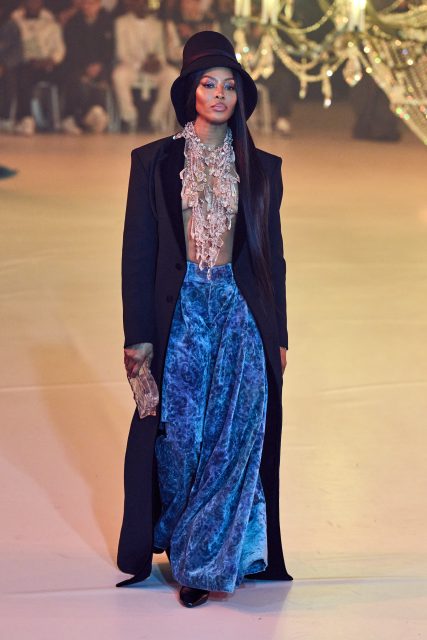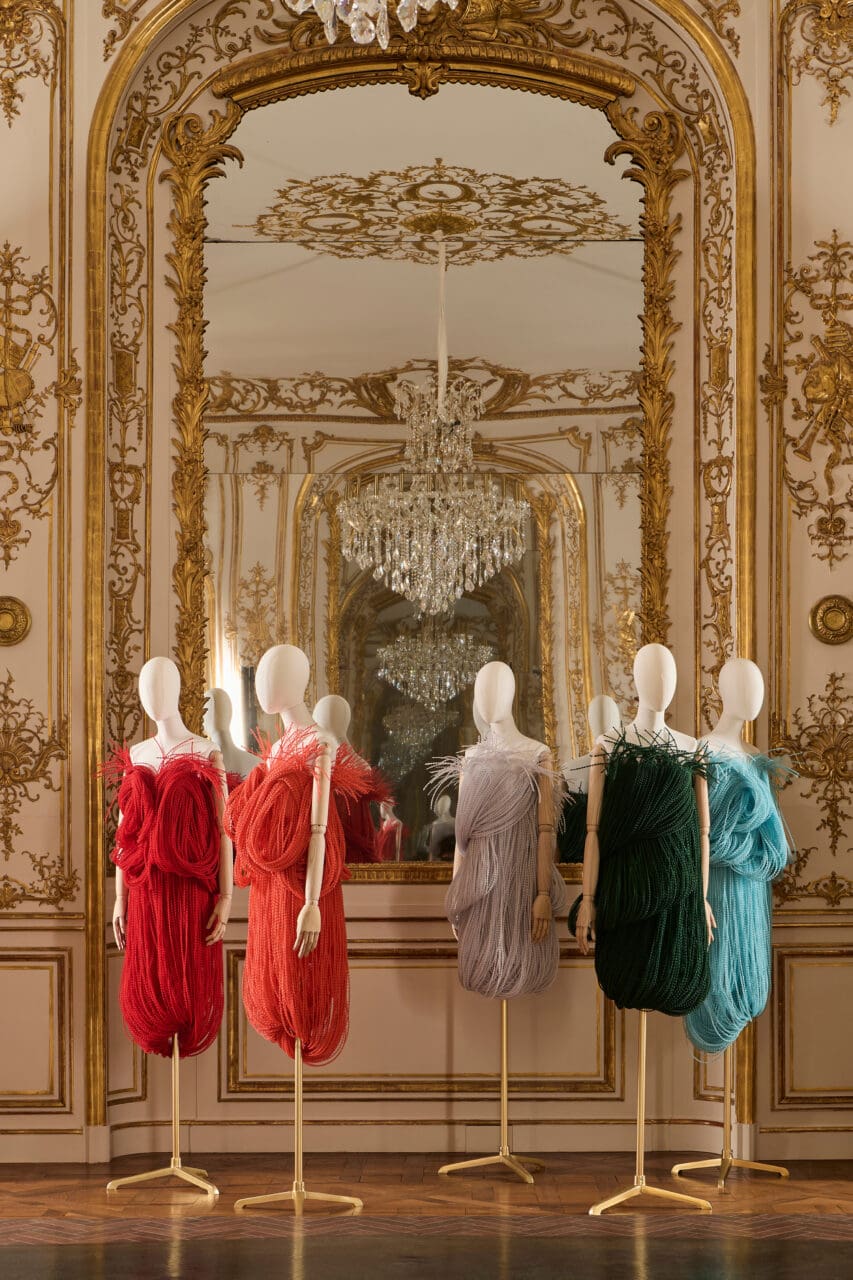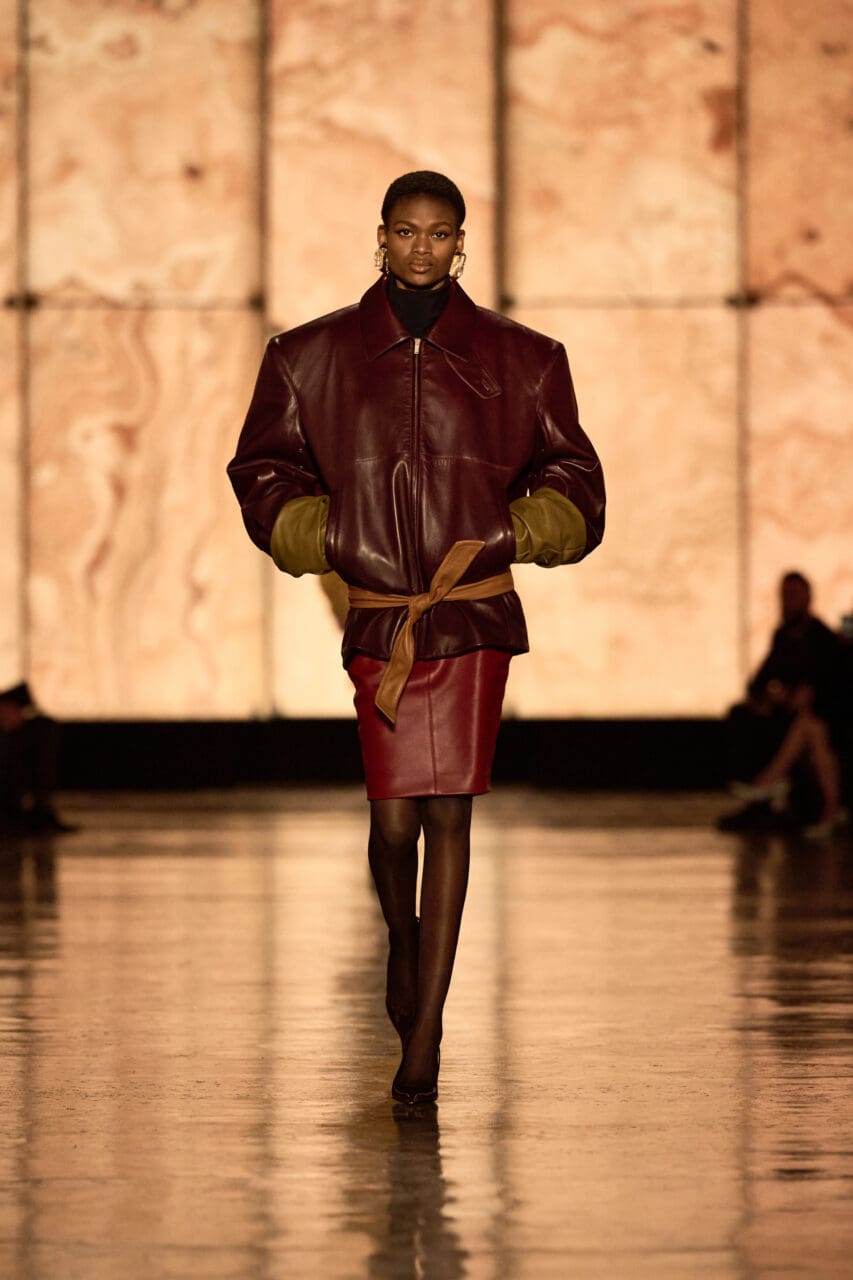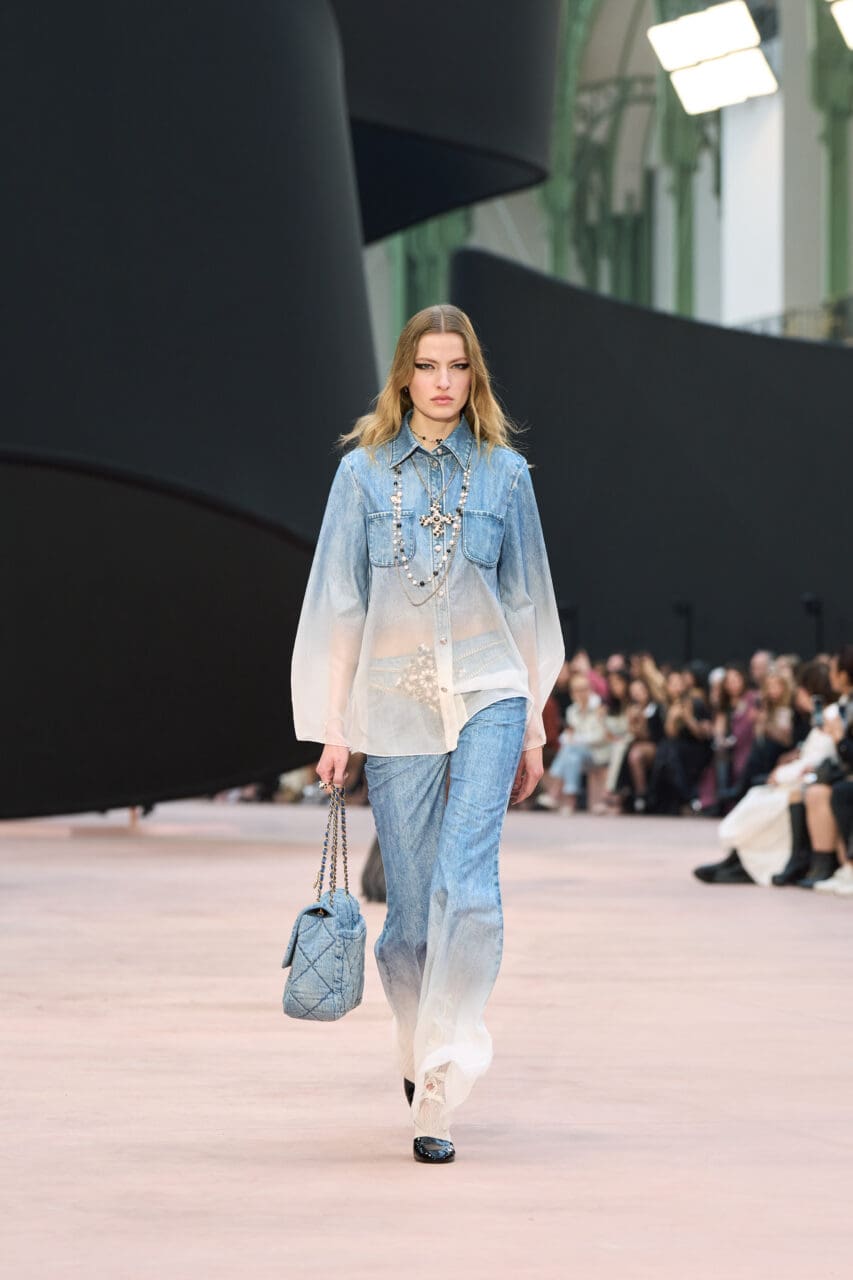British Vogue’s fashion critic Anders Christian Madsen shares five key takeaways from Christian Dior’s autumn/winter 2022 presentation in Paris.
It was founded in technology
At her Christian Dior haute couture show in January, I asked Maria Grazia Chiuri what she thought of the metaverse. “I’m not interested,” she said. “At this moment, it’s more important to speak about humanity. I prefer to spend time with real people.” Fast forward a month, today Chiuri put that philosophy into practice for her ready-to-show in the Tuileries. Collaborating with the Dynamic Autonomy and Intelligent Robotics (D-AIR) Lab, the designer found the perfect balance between the human touch she values above all and the technological development prescribed by the time she lives in. “Fashion has to go outside its own territory and explore areas like technology,” she said during a preview. “It can help us to think about our references with a different point of view.”
It was highly experimental
Titled The Next Era, the technological premise generated Chiuri’s most experimental collection ever. She imbued the Bar Jacket with materials and techniques developed by D-AIR Lab to control the temperature of the body that wears it. They were echoed in gilets and shoulder pads and worked into corsetry layered over dresses. She wove illuminating tubes into a bodysuit, allowing the body curves of the wearer to light up in the dark, and padded motorcycle jackets and gloves with protective arm guards. It was pure experimentation and a delight to see on an establishment runway like Chiuri’s. “My work at Dior – also in the past – is about balancing a vision of beauty with functionality,” she explained. “So, I tried to combine the heritage of the house with technology and vision, which can do something new.”
Shoes rebooted an original designer hack
As part of her high-tech process, Chiuri looked to the archives of Dior for parallels to the balance she wanted to convey. She found it in the decade-long collaboration between the founder and Roger Vivier, which could also be defined as the first “designer hackC the way we’ve now come to describe meetings between brands like Gucci and Balenciaga. “When Vivier met Mr Dior in ’53, they were the first brands to put their logos together. It was a way of recognising Vivier as a couturier for shoes, because all his shoes were done for specific feet: one-of-a-kind,” Chiuri explained. She re-evoked the heavily-embellished pumps Vivier created at the time and structured them with adjustable ankle-supporting tech straps by D-AIR Lab in concoctions you might call po-Dior-atry. The outcome was “survival couture”, a label that could be applied to many of the ideas in the collection.
It was also highly artisanal
To get across her balance between the technological and the artisanal, Chiuri amplified her very human craftsmanship, infusing tailoring with meticulous shape-defining piping and boning, and building corsetry into the likes of trench coats, denim trousers, and laser-cut leather cincher belts. The box pleats of skirts were separated by delicate fringing, the bustiers of dresses were created entirely out of embroideries, and a torera dress in mesh seemed to morph into glistening guipure from the hem up. A section of looks towards the end interpreted the Jardin d’Hiver tapestry that graced Christian Dior’s winter garden. It may have been a high-tech collection, but Chiuri’s heart belongs to the artisans. “Technology, for me, has to help people to live better lives. Not to escape from reality. There has to be an aspect of humanity to it. Escapism doesn’t interest me,” she said. “This technology is created in dialogue with an atelier. It has the human touch.”
The set was covered in portraits
Like some stately home-gone sci-fi, the walls of Chiuri’s show set were covered in black-and-white hacks of historical portraits. They were created by the artist Mariella Bettineschi, who re-emphasises the role of female subjects in art history. By isolating women in famous paintings and duplicating their eyes, she tempts the viewer into giving a painting a second look and re-evaluate the gaze with which we interpret art. “Her work touched me a lot,” Chiuri said. “It’s about looking at heritage with a different point of view. That’s also my work.”
Editor
Anders Christian MadsenCredit
Photo Courtesy of Gorunway










